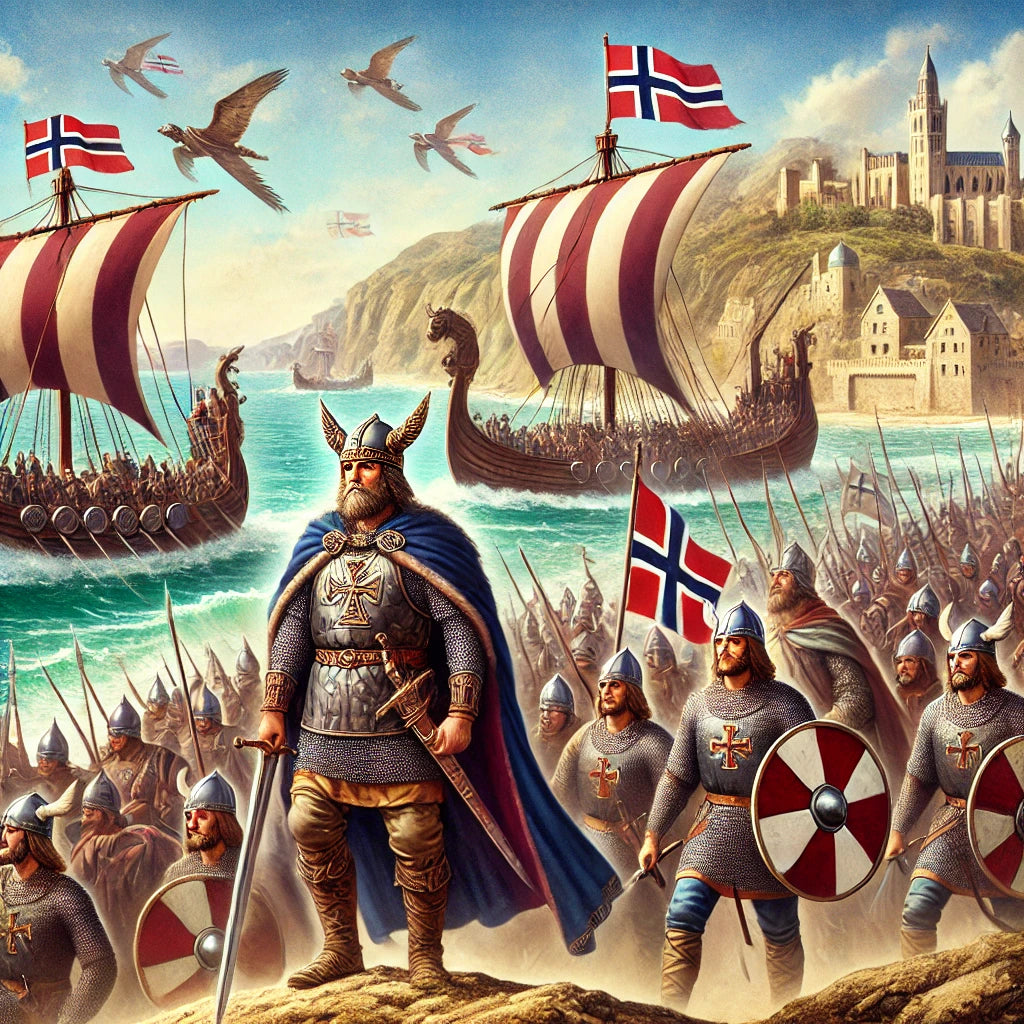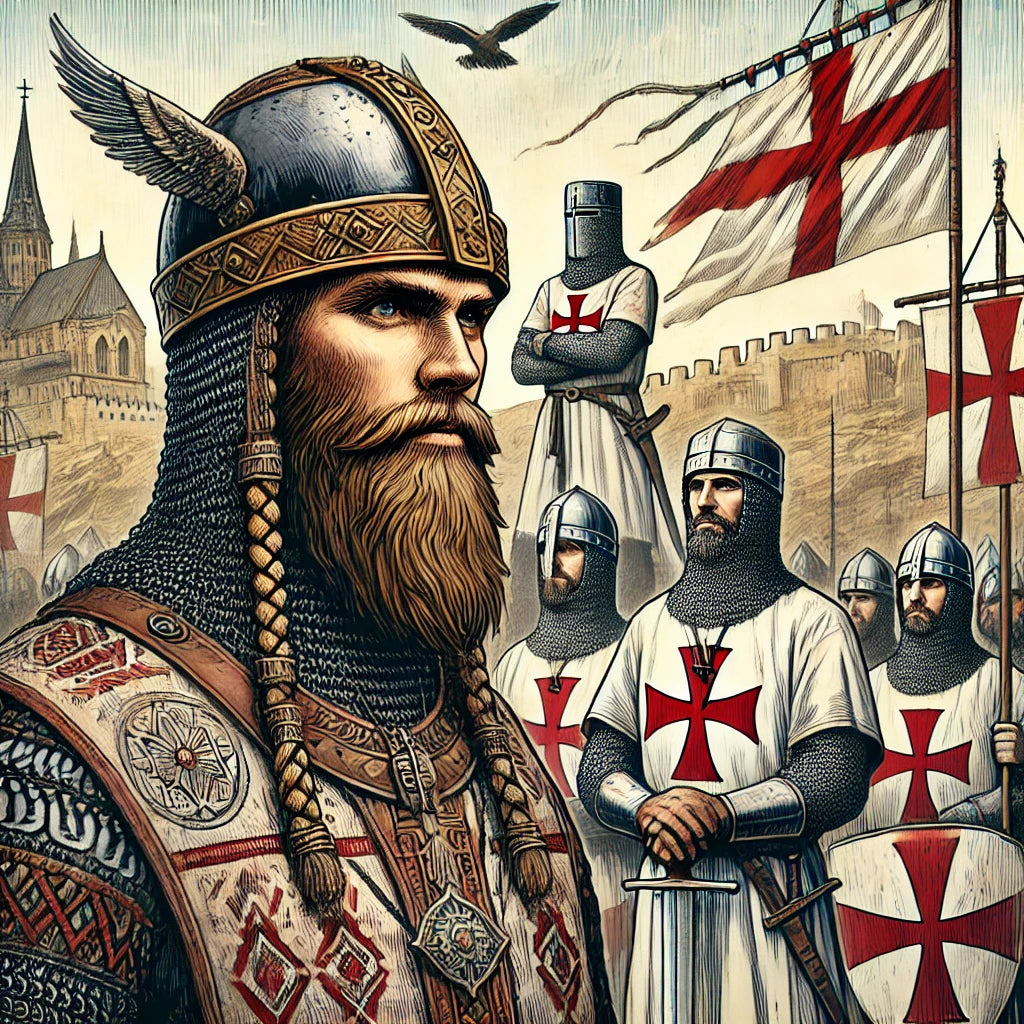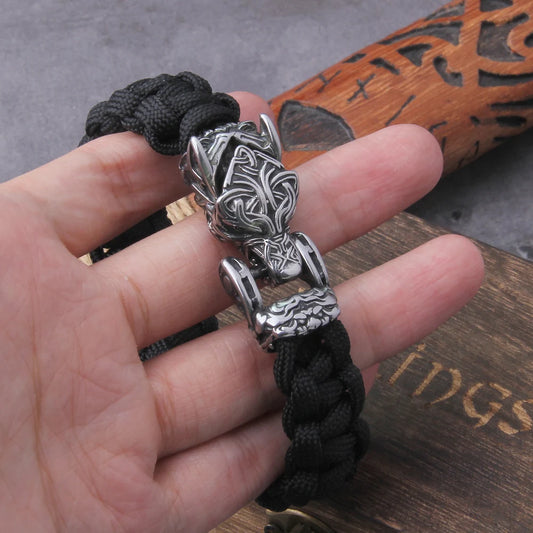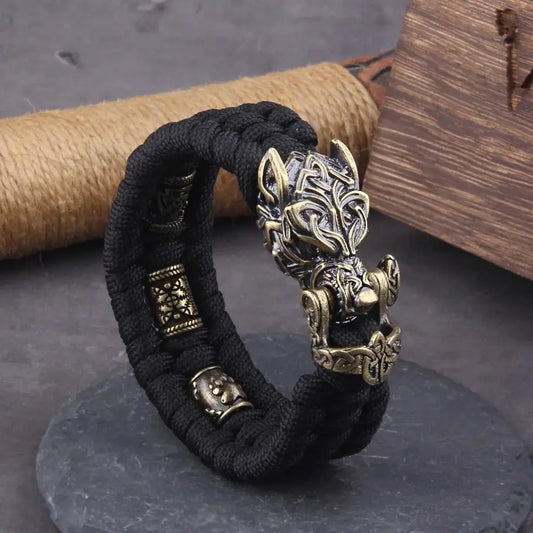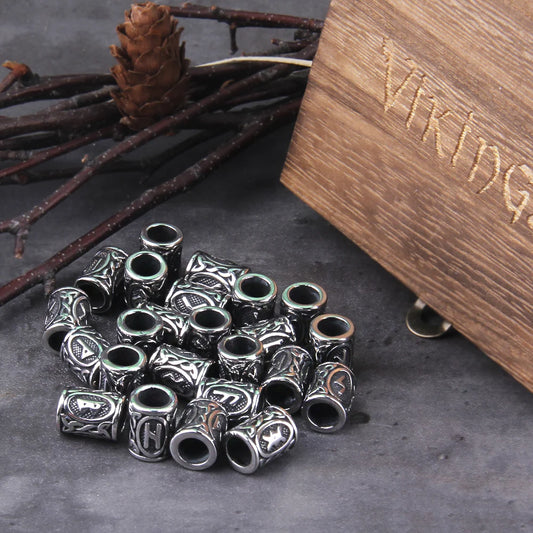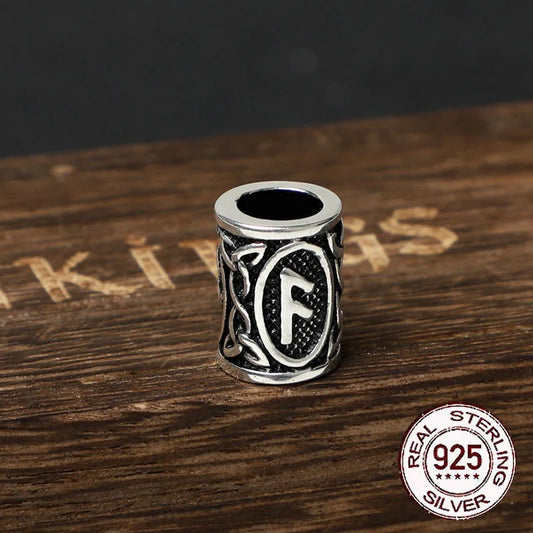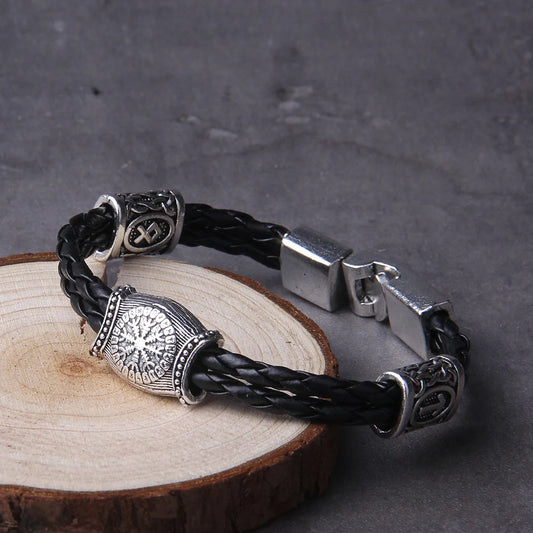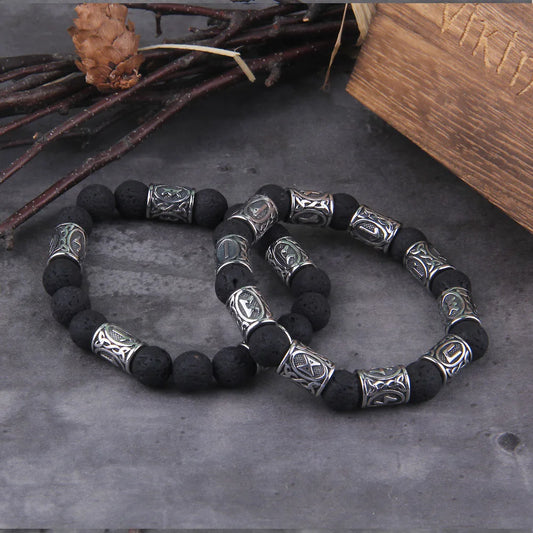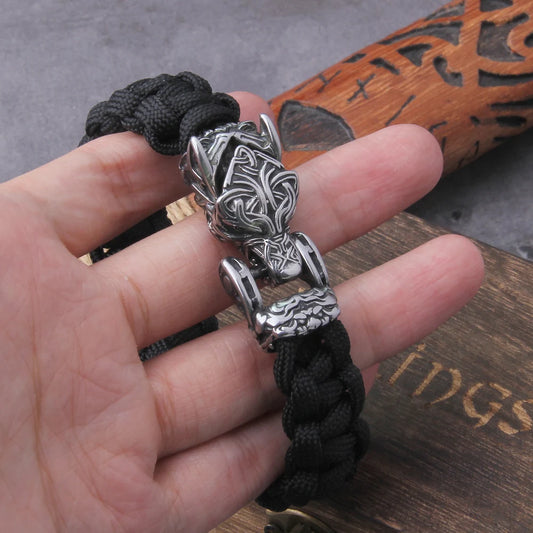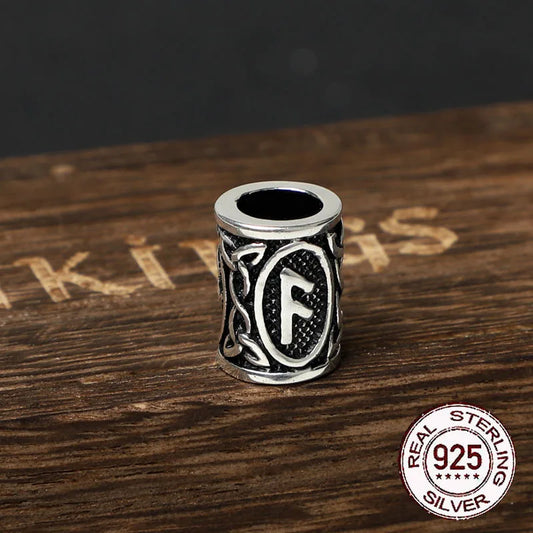Vikings and the Knights Templar: Myth, Mystery, and Medieval Reality
The Viking Age and the era of the Knights Templar belong to distinct periods in medieval history, yet the connection between these two iconic groups has long intrigued historians and enthusiasts alike. The fierce Norse warriors, known for their longships and exploration, and the enigmatic Templars, famed for their piety and military might, seem worlds apart. However, their timelines overlapped briefly during the 12th century, raising questions about whether Scandinavians with Viking roots played a role in the famed Order.
The Viking Legacy in the Crusading Era
By the 12th century, the Viking Age had officially ended. Scandinavia had undergone a profound transformation, transitioning from its pagan roots to a firmly Christian society. Kings like Olaf II of Norway (St. Olaf) and Canute the Great had unified their kingdoms under the Christian faith, aligning them with the broader European world.
This Christianization paved the way for Scandinavian involvement in the Crusades. As warriors from across Europe flocked to the Holy Land, Scandinavians, including many with Viking ancestry, joined the call. While King Sigurd I of Norway led one of the earliest Scandinavian crusading expeditions, the question of their involvement in the Templar Order remains more complex.
Who Were the Knights Templar?
Founded in 1119, the Knights Templar was a religious military order established to protect Christian pilgrims traveling to the Holy Land. The Templars combined monastic devotion with martial discipline, creating a powerful and wealthy organization that played a central role in the Crusades.
The Templars recruited members from across Europe, particularly from the knightly and noble classes. Given the rise of Christian monarchies in Scandinavia and the martial traditions inherited from their Viking forebears, it is plausible that some Scandinavians joined the Templar ranks.
Scandinavian Warriors in the Templar Order
Evidence of direct Scandinavian involvement in the Templar Order is limited but not entirely absent. Historical records indicate that knights from Denmark, Sweden, and Norway participated in the Crusades, some of whom may have served under the Templar banner. These warriors brought a unique blend of Viking martial heritage and Christian zeal to the battlefield.
Notable Connections:
The Baltic Crusades: Scandinavians were heavily involved in the Baltic Crusades, which targeted pagan tribes in Northern Europe. While the Templars primarily operated in the Holy Land, their influence extended to other Christian campaigns, including the Baltic. This overlap suggests potential collaboration between Scandinavian Crusaders and Templar knights.
Knights Hospitaller Influence: The Knights Hospitaller, a rival order to the Templars, established commanderies in Scandinavia. If the Hospitallers found recruits among the Norse nobility, it is reasonable to speculate that the Templars might have done the same, albeit on a smaller scale.
Scandinavian Nobility and Templar Support: Historical accounts indicate that Scandinavian nobility occasionally donated land or funds to the Templars. While this does not confirm direct involvement, it highlights an awareness of and connection to the Order.
Myths and Romanticized Links
The idea of Vikings in the Knights Templar has captured the imagination of writers and storytellers, leading to a wealth of myths and speculative theories. Some claim that the Templars inherited secret Viking knowledge or even that they were the spiritual successors of the Norse warrior elite. Others suggest that Scandinavian members of the Templars retained elements of their Viking heritage, influencing the Order’s military strategies or seafaring capabilities.
While these theories lack concrete evidence, they underscore the enduring fascination with the idea of two legendary warrior cultures intersecting.
The Reality: Parallel Legacies
Though the historical connection between Vikings and the Knights Templar remains tenuous, the parallels between these groups are undeniable. Both were renowned for their martial prowess, disciplined hierarchies, and roles in shaping the medieval world. Vikings excelled as explorers and raiders, expanding the horizons of Europe during their time, while the Templars epitomized the fusion of faith and warfare during the Crusades.
What links them most profoundly is their shared legacy: the Vikings as the rugged pioneers of the medieval North, and the Templars as the devout defenders of Christendom.
Conclusion
The idea of Vikings in the Knights Templar may be more myth than reality, but it highlights the interconnectedness of medieval history. As Scandinavia transitioned from the Viking Age to the Christian era, its warriors continued to play significant roles in Europe’s military and religious conflicts. Whether or not Norsemen served directly as Templars, their spirit of adventure, resilience, and martial skill left an indelible mark on the Crusading world. The enduring allure of this connection speaks to the power of these two legendary groups to captivate our imaginations even centuries later.
Featured collection
-
Norse Viking Bracelet Valknut Runes Beads, Bracelet Stainless Steel
Regular price From $25.97 USDRegular priceUnit price per$0.00 USDSale price From $25.97 USD -
Never Fade Rock Viking Wolf Bracelet Men's handmade cord Wolf Bead Punk Bracelets Biker Jewelry
Regular price From $14.40 USDRegular priceUnit price per$0.00 USDSale price From $14.40 USD -
Never Fade Rock Viking Wolf Bracelet Men's handmade cord Wolf Bead Punk Bracelets Biker Jewelry
Regular price From $23.10 USDRegular priceUnit price per$0.00 USDSale price From $23.10 USD -
Gun Black Vintage full Stainless Steel Skull Beaded Skull Bracelet for Men Bracelets Gothic packing by wooden box as gift
Regular price From $12.69 USDRegular priceUnit price per$0.00 USDSale price From $12.69 USD -
Stainless Steel 24pcs/lot Viking Runes Beads Charms TIWAZ TYR Sol rune Odal Futhark Rune beads for Hair Beard with wooden box
Regular price From $24.39 USDRegular priceUnit price per$0.00 USDSale price From $24.39 USD -
S925 Sterling Silver Viking beard Beads Hair Beads with keel chain and cow leather chain and vintage wood box as gift
Regular price From $31.50 USDRegular priceUnit price per$0.00 USDSale price From $31.50 USD -
Nordic Amulet Runic Runes Beads Talisman Valknut Vegvisir Compass Trinity Symbols Viking Bracelet Men Women Vikingos Jewelries
Regular price From $8.07 USDRegular priceUnit price per$0.00 USDSale price From $8.07 USD -
Volcano Lava Stone Beads stainless steel Runes Beads Men Bracelet Viking Rune Bracelet Fashion Charm Beads Bracelet wooden box
Regular price From $10.38 USDRegular priceUnit price per$0.00 USDSale price From $10.38 USD -
Never Fade Rock Viking Wolf Bracelet Men's handmade cord Wolf Bead Punk Bracelets Biker Jewelry
Regular price From $15.00 USDRegular priceUnit price per$0.00 USDSale price From $15.00 USD -
S925 Sterling Silver Viking beard Beads Hair Beads with keel chain and cow leather chain and vintage wood box as gift
Regular price From $31.50 USDRegular priceUnit price per$0.00 USDSale price From $31.50 USD


